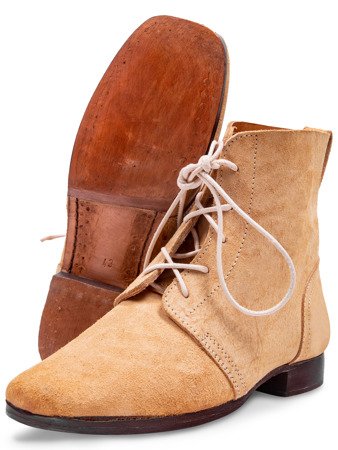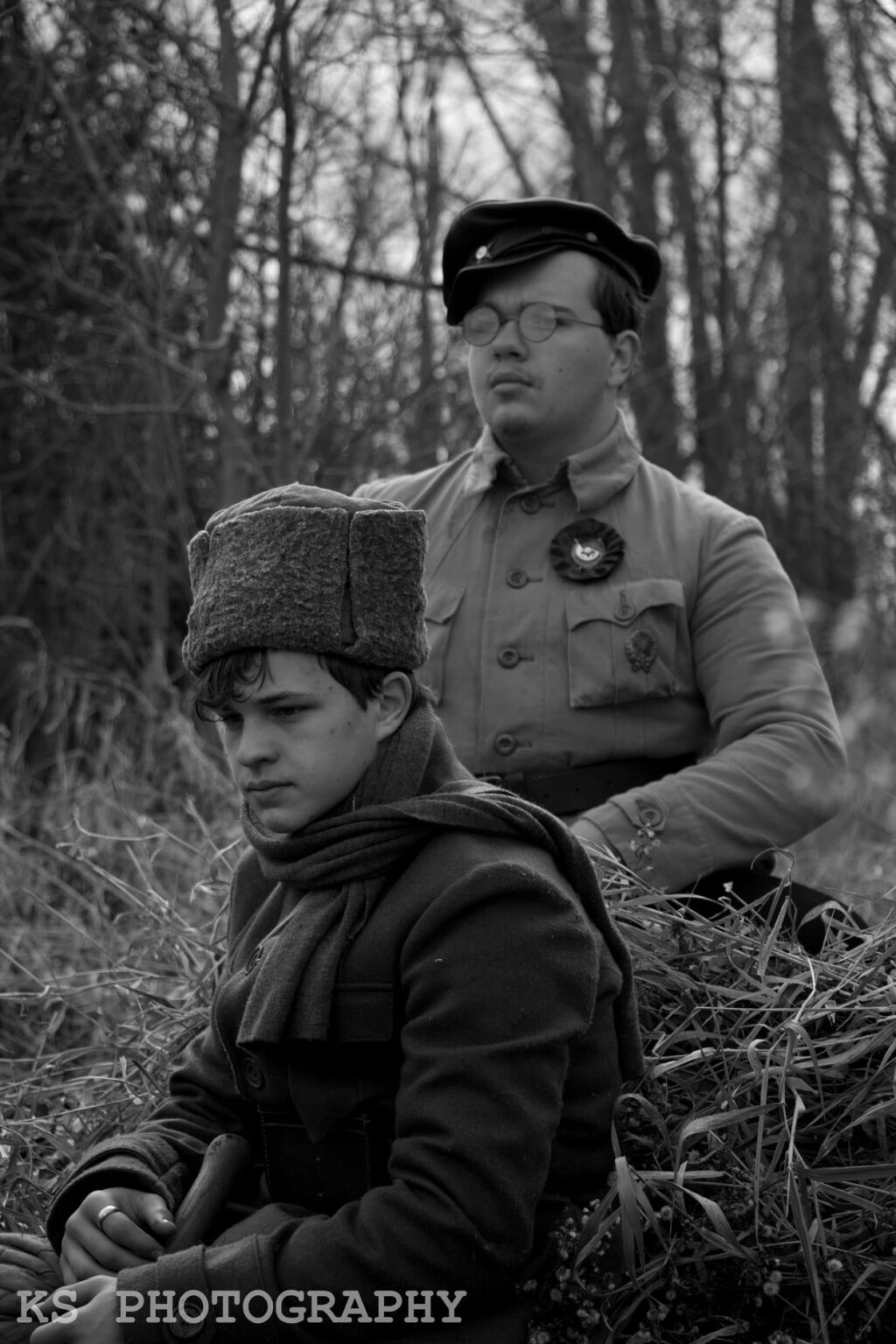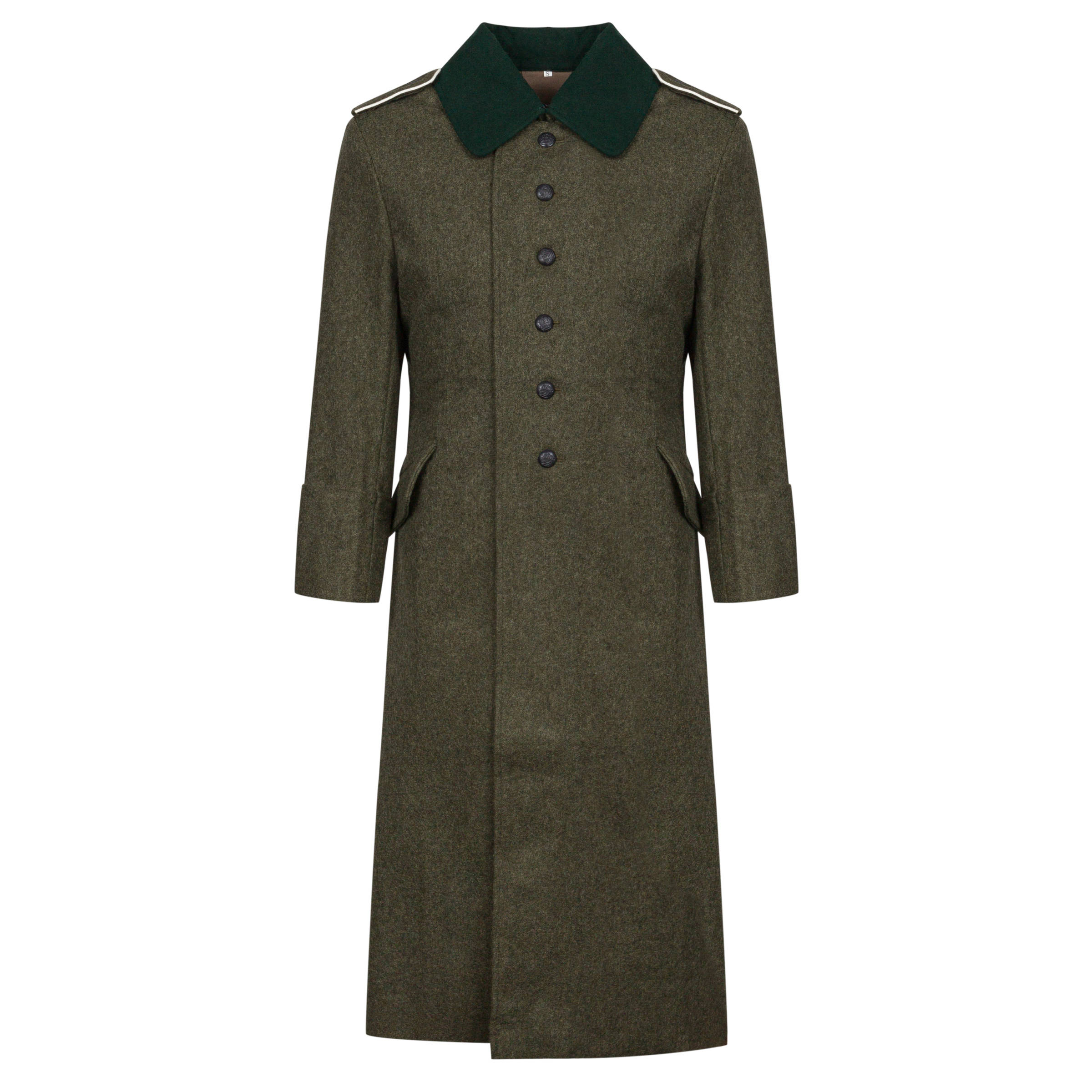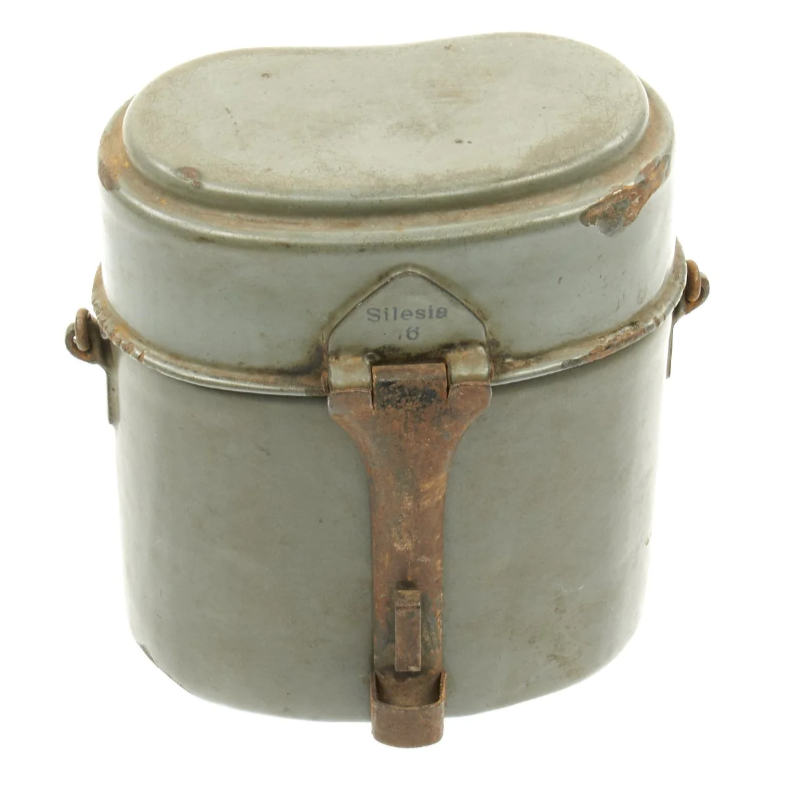Polish-Soviet War
By Donovan Grbic, Ralph Drwiega, and Patrick Taffe
The Polish–Soviet war erupted in 1919 in the aftermath of World War I. The root causes were twofold: a territorial dispute dating back to Polish–Russian wars in the 17–18th centuries; and a clash of ideology due to RSFSR’s goal of spreading communist rule further west. At that time both countries had just undergone transition; in 1918 Poland reclaimed independence after 123 years of partitions. In 1917 the October Revolution replaced the democratic Provisional Government that had previously displaced the Tsar in Russia, with Soviet rule.
This guide will contain information on both Soviet and Polish impressions. The original guides are available for download below.
Soviet Impression
More often than not, the kit and uniform of the Soviet soldier during the Russian Civil War and the Polish Soviet War was surplus from the Imperial army that had been repurposed. These items would have been heavily used, soiled, and almost on the brink of destruction due to their prior use and current use with the fighting Red Army.
Model 1912 Gymnastyorka
The pull-over style tunics can be either cotton or wool, with buttons of wood, bone, or horn. Many uniforms by this time were extremely worn from constant use, so the more nasty, the better. Materials can consist of khaki/tan/green wool, cotton, and tent material. Tunics with chest pockets, without, with simplified construction, and more can be used, there is a wide variety of styles seen. Voin and Schusters make the 1912 uniform along with many others suitable for Pol-Bol.
Model 1914 Gymnastyorka (pockets)
The pull-over style tunics can be either cotton or wool, with buttons of wood, bone, or horn. Many uniforms by this time were extremely worn from constant use, so the more nasty, the better. Materials can consist of khaki/tan/green wool, cotton, and tent material. Tunics with chest pockets, without, with simplified construction, and more can be used, there is a wide variety of styles seen. Voin and Schusters make the pocketed uniform along with many others suitable for Pol-Bol.
Underclothes
The pull-over style undershirts can be either cotton or wool, with buttons of wood, bone, or horn. Many uniforms by this time were extremely worn from constant use, so the more nasty, the better. Similar to that of the tunics, these were also worn from extended use, so they would be heavily worn or threadbare. Recommended vendors are Voin, Voenspec, and Liebstandart.
Sharovary
The simple trousers close with three buttons on the front, two on the waist, and one on the fly. The back adjusts with a string tie between two rings on fabric. Pants can be made of khaki/tan/green wool, cotton, and tent material. Buttons can be wood, bone, or horn. Similar to that of the tunics, these were also worn from extended use, so they would be faded or threadbare. Recommended vendors are Voin, Voenspec, and Liebstandart.
Furajka
Hats should have no imperial cockade on them, and most should be blank of any insignia, with a few having 1918 model hammer and plow cockades. Furajkas can be made of cotton, tent material, or wool in brown, dark green, or tan colors. Voin and Leningrad Hat Maker both make excellent reproduction Furashkas.
Papahka
Hats should have no imperial cockade on them, and most should be blank of any insignia, with a few having 1918 model hammer and plow cockades. Papahkas should be made of green wool with accurate artificial fur. The premier vedor for papahkas is The Other Hat Guy.
Shinel
Tsarist surplus overcoats with stripped insignia are the way to go. Colors ranging from brown to gray are correct, and imperial coats differ from those produced by the Soviets in the 20s and 30s. Key details are in the collar, which is more wedge shaped, and the cut of the overcoat, which is more bell-like rather than hourglass. Accepted vendors are Voenspec, Schuster, and Voin for a shinel.
Obr.15 Telogreika/vatnik
The jacket closes with a set of 5 ties offset down the front, with some being modified to accept buttons. Note the lack of quilting on the front of the coat unlike the Soviet ones. Again, these sets differ from the later Soviet counterparts. Accepted vendors are Voin and Schusters (with modification).
Equipment
Ammo Pouch
Leather box ammo pouches are common, being seen in single rather than in pairs as was common during the First World War. Cotton ersatz ammo pouches are also acceptable. Leather Ammo Pouches can be purchased from Nestof, Schuster, Voin, and RGM occasionally. Cotton ammo pouches from RGM and Schusters.
Bandolier
A common sight with Red Army fighters is the cotton ersatz model bandolier strung across the chest. Bandoliers can be purchased from Dorian at Red Guard Militaria, Schuster, and Voin.
Belt
The simple leather roller buckle belt is what is used to carry your equipment.
Brown leather, metal roller buckle in steel, and can be a variety of thickness and
widths. However, with lack of supply and often lack of equipment, some men
used pieces of rope tied around their waists as belts, and to keep up their pants, Voin makes this belt.
Rucksack
The simple drawstring meshok rucksack is most correct for the scenario, or even none at all. Most if not all of what is needed can be carried on your person. But, if you need to hold extra ammo, food, the meshok will be your friend. They can be seen made out of a plethora of materials, but the nicest ones are made from thick woven canvas, and can be obtained from Dorian at Red Guard Militaria.
Shovel
Shovels of the Imperial Russian army carried over into the Red Army until the 40s. They were of the common European Linnemann style, with the square/flat top, rivets on the shovel face, and wooden handle with a metal retaining collar. There were variations with a pointed top rather than a flat top as well. Either is correct. Originals are recommended
Canteen
Canteens can be made out of either green glass or aluminum. Be sure that the glass canteen isn’t a Soviet produced model, the Imperial made ones are more teardrop shaped rather than the oval of the Soviet made model. Carrier should be the drawstring ersatz canvas sling style. Canteens can be either original or reproductions from Lukáš Hatina. Carriers can be obtained from Voenspec or RGM.
Mess Equipment
The mess kit came in two styles, a kidney style and a round pot style. Both were open tops with no lid, so they were often fastened to the end of the overcoat when rolled in the skatka or horseshoe roll across the chest. The materials differed depending on the style. The kidney style pot was produced out of copper and lined with tin to make it food safe. The circular style pots were first made of tin lined copper, then made from aluminum. Reproductions of the copper mess kits are available from Lukáš Hatina and Voin, and the aluminum can be purchased from Voin as well as New Leningrad.
Footwear
Jackboots
As with other aspects, variation was huge with footwear, and supply greatly impacted what was worn. Boots were a hard found commodity, but, when boots were available, a mix of imperial pattern low boots and jackboots were worn. Jackboots were made of smooth black leather with shafts that reached at least calf height, with smooth leather soles. Jackboots have become difficult to find, but used pairs by Voenspec are ideal.
Low boots
As with other aspects, variation was huge with footwear, and supply greatly impacted what was worn. But, when boots were available, a mix of imperial pattern low boots and jackboots were worn. Low boots were of simple construction in brown leather with smooth leather soles worn with tan or pea green puttees. Both are worn with cotton foot wraps. Vendors for low boots include Nestof and Voenspec.
Soviet Photos
Polish Impression
The Polish side will uniformly portray the 3rd battalion of Infantry Regiment Nr. 34 (Polish designation III/34 Pułk Piechoty). The third battalion was the first and the oldest unit of the regiment, retaining its “Germanic” appearance until the end of 1919, when German uniforms were finally replaced with US surplus uniforms coming from France. As a general rule we should not try to mix Austrian/German gear. The only exceptions are rucksack/back pack and rifle where mixing is permitted. Ex: German gear with Austrian rucksack or Austrian gear with German Gew.98.
German Model 1915 tunic
If you are a regular enlisted man of private rank (szeregowiec),shoulderboards are not required, but if desired, plain unpiped feldgrau shoulderboards are to be worn. but are highly recommended as this was the most common modification done to the tunic in order to “Polonize” it. Schusters sells the German Model 1915 tunic.
Austrian Model 1916 tunic
Collar insignia must be removed. If you are a regular enlisted man of private rank (szeregowiec), shoulderboards are not required, but if desired, plain unpiped feldgrau shoulderboards are to be worn; highly recommended as this was the most common modification done in order to “Polonize” it. Nestof makes this tunic.
Equipment
Backpack
Both Austrian and German models are acceptable, late war canvas tornisters are preferred. Nestof sells both Austrian and German backapck models.
Footwear
Jackboots
Austrian and German lowboots with putties are preferred, although German model 1866 jackboots and other period officer style or riding boots are permitted. Nestof sells this model of jackboots.
Polish Photos
























































